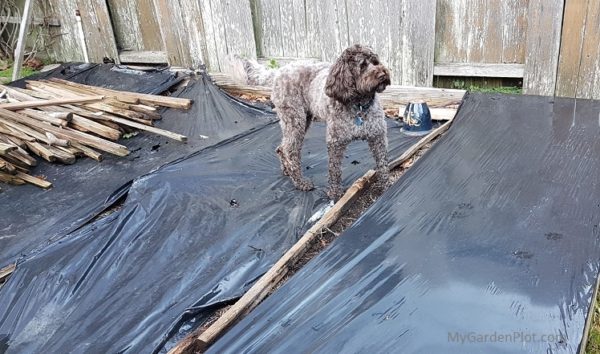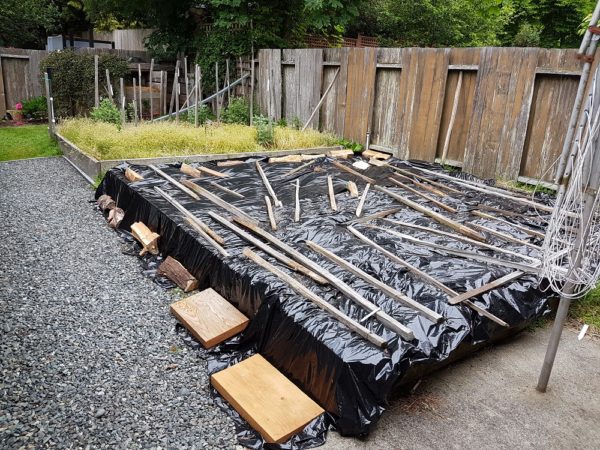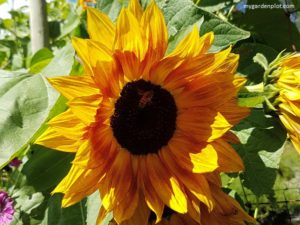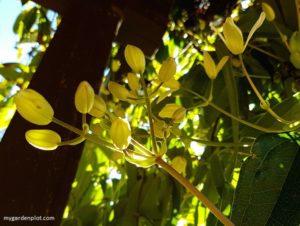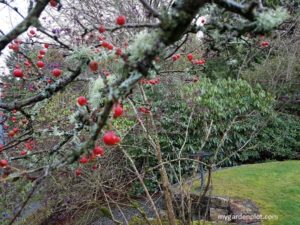Having two large raised beds that had been unattended to for some time meant we had a thriving batch of uncontrolled weeds. Initially, we tried removing the weeds by hand, but the energy and extent of weed growth was too much. With the start of summer upon us, we also had to manage weed seeds from the previous year and seedlings. And we wanted chemical-free weed control.
We looked into it a bit at the local garden store and were informed about a solution of covering the beds with plastic rather than the extensive labour weeding that we were facing. We resorted to using purpose made gardens black plastic sheets to remove and kill the overgrowth of weeds. This process is called solarization. The results were excellent.
There are pros and cons to using black plastic sheets as a weeding solution. It will also kill good bugs that are harboured under the sheets during solarization. This can be resolved, though. And consideration and planning for restoring the soil health and garden area afterward weed removal process needs to take this into account—more details provided under weeding topics below.
Soil Solarization Using Black Plastic Sheets
Soil solarization is an effective way to control weeds and is an environmentally friendly option for reducing diseases and pests. However, time is needed for the process to work. If you can put aside the affected area for a couple of months in summer (or for the entire season or two), this is an excellent solution to preparing your garden beds with a fresh start.
Solarization involves using the sun’s energy to reach high temperatures (in effect baking) under the black plastic sheets to kill those weeds, pests and bacteria. This approach is why it is considered an organic control method where gardeners need to start over without using chemicals.
Step One:
After using a forking to loosen up the soil, we removed as many weeds as possible to flatten the surface area down. Don’t worry if some roots or short, broken stems are left behind. Just cut or rake off as much as possible.
Step Two:
We then covered the area with black plastic sheets, specifically made for use in the garden. We held the plastic sheets down with blocks of wood, sticks and other items from the garden. It needs to be kept covered for at least a couple of months in the summer. If you have the time to leave it longer or have a persistent growth of weeds, leaving the area covered with the black plastic sheets for six months or more will be most effective in killing the weeds.
Tips For Building Great Soil: How To Prepare Garden Beds For Planting Vegetables
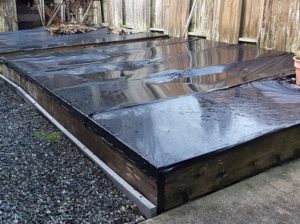
Our Main Challenge: Strong Gusts Of Wind
Here in the Pacific Northwest coast, we are subject to blustery weather. We soon discovered that we needed to secure the black plastic sheets better if we didn’t want them flying off and ending up in our neighbour’s garden. After our first attempt with blocks of wood and sticks didn’t guarantee that the sheets would remain put, we resorted to securing the sheet edges to the raised bed using a staple gun. Perhaps a tad overkill, but it certainly sealed the area well and secured the sheets – for the most part.
Our Second Challenge: Our Dog
Note to self – don’t encourage your puppy to chase their favourite ball near the garden beds! All was well; the secure sheets tore a little where enthusiastic paws dashed over our secured sheets, but our chemical-free weed control project was still in good shape for soil solarizing, and we felt confident that it would continue to stay secured until we removed it. Without assistance from our dog.
